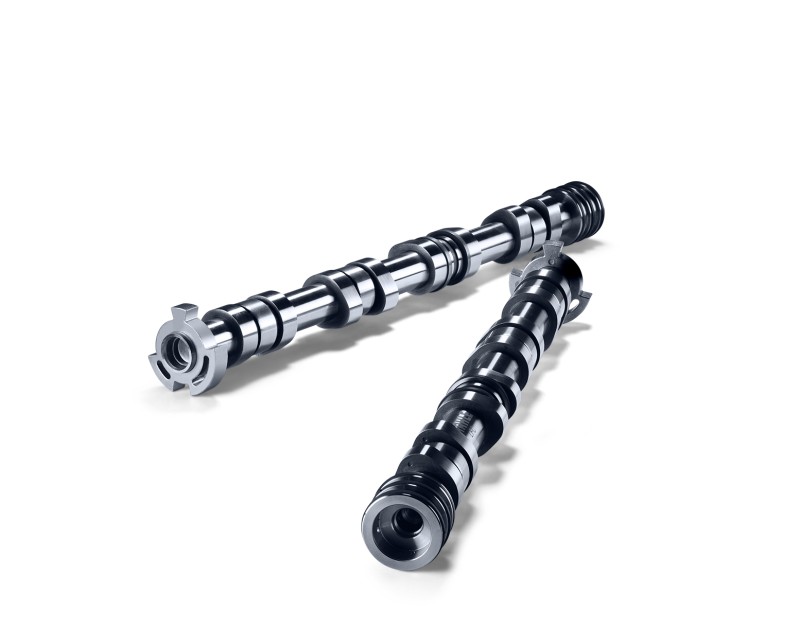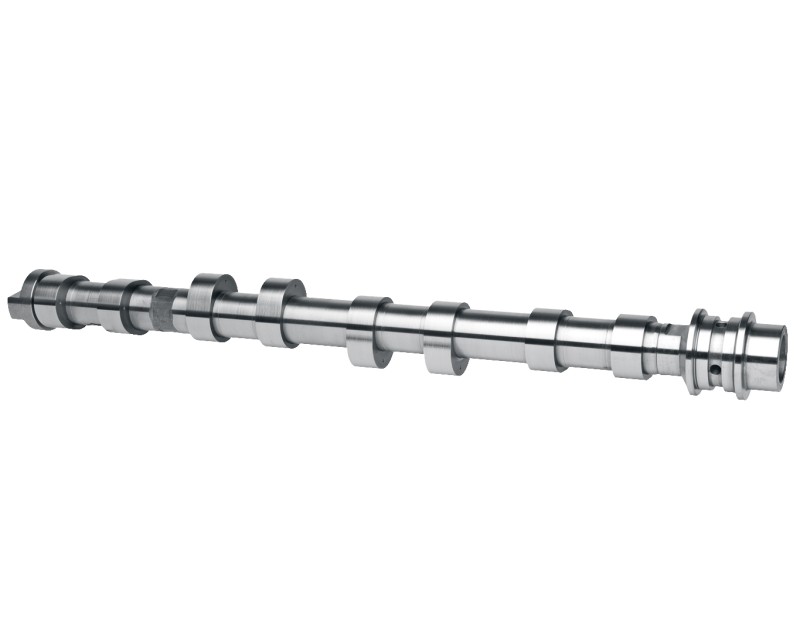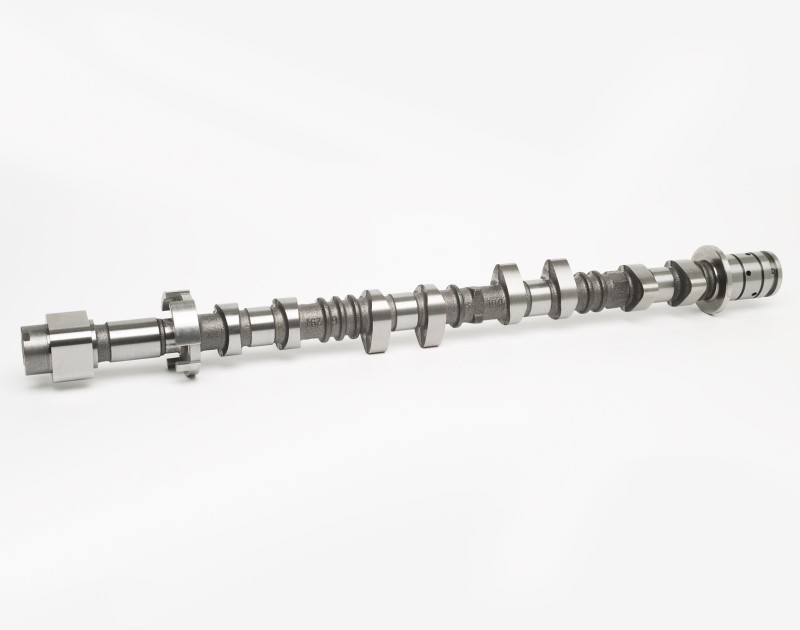Valve trains for passenger cars
Valve train systems control the gas exchange, which means that they represent a significant opportunity for optimizing the combustion process. The components of the valve train system are subjected to high loads. In addition to wear due to mechanical forces, increasing combustion pressures and temperatures, in particular, place greater demands on the materials and heat dissipation of components on the combustion side.
Valve train systems and their components

Valves, valve seat inserts, and valve guides
MAHLE manufactures intake and exhaust valves in forged and hot-extruded versions in a multitude of materials for gasoline and diesel engines of every size. The robust solution for emission-free hydrogen engines (H2) is new. Depending on stress levels, the valves can be reinforced around the seat, hardened, nitrided, or chrome-plated. The engineers especially focus on the corrosion and high-temperature fatigue behavior of the valves. After all, exhaust valves in commercial vehicle engines must withstand more than one billion opening and closing operations at temperatures of up to 800°C.
Additional components in this assembly include the valve stem seal, the valve spring, and the top and bottom valve spring retainer.
Camshafts
With the ongoing development in lightweight construction and low-friction bearings for the shaft, as well as based on the extended functionality, such as for the variable valve train, the camshaft still has substantial potential for increasing engine efficiency. There is a wide selection of various camshaft designs available for different applications and requirements (such as service life, cost, weight, friction, noise, additional functions).


Assembled camshafts
MAHLE has developed assembled camshafts based on precision steel pipes with cam lobes made from steel, making a significant contribution to optimizing the whole valve train. Due to their modular construction and flexibility, they are increasingly displacing other forms of camshafts. An assembled camshaft is up to 45 percent lighter than a cast or forged camshaft. Input and output elements are made using various production processes and materials, depending on the design.
Cast camshafts
For the production of cast camshafts, chilled cast iron is predominantly used. For stringent requirements in rolling contact, cast camshafts with inductively hardened cam lobes can also be used. In order to reduce weight, the shafts can be cast as hollow cylinders or profiles.
Casting production takes place in ultramodern, fully automated production facilities. A wide range of standard materials is available, as well as specialty materials for specific customer requirements. Modern machining centers and fully automated CBN grinders guarantee consistently high quality.
